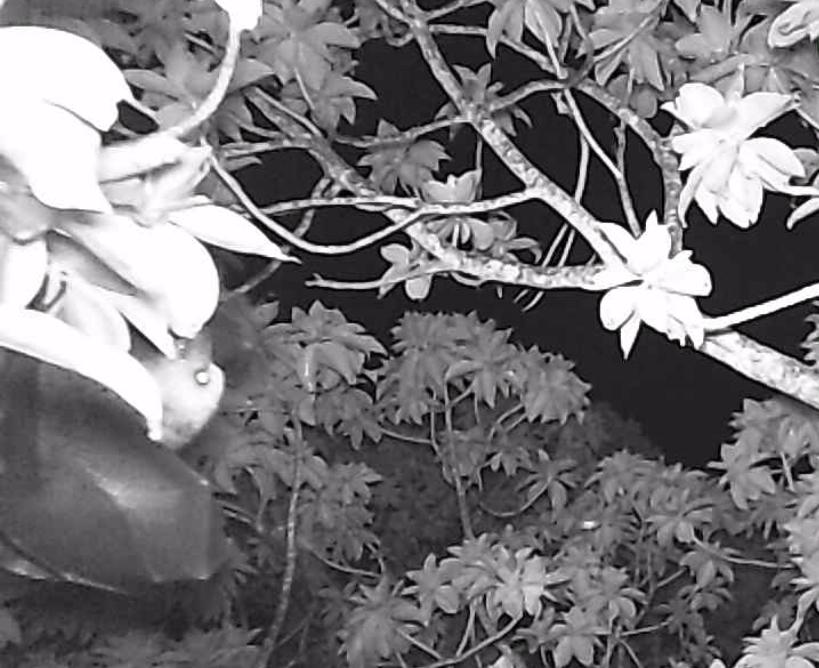Raphael Reinegger
Other projects
15 Mar 2019
The Impact of the Highly Invasive Macaque Macaca fascicularis on the Mauritian Flying Fox and Forest Regeneration
12 Jun 2020
The Effects of Fruit Availability on Diet Composition and Feeding Behaviour of Invasive Macaca fascicularis in Mauritius: Implications for Conservation of Pteropus Niger and Native Forests
16 Jan 2024
A Systematic Survey of Long-Tailed Macaques in Mauritius Using Drone-Mounted Thermal Infrared Cameras
The project will provide insights into the feeding behaviour of both the Mauritian flying fox Pteropus niger and the crab-eating macaque Macaca fascicularis, the competition between these species and the impact of this competition on forest regeneration. Secondly, the influence of wild boar on seedling recruitment will be assessed. Thirdly, the project will create a deeper understanding of the contribution of the Mauritian flying fox to the regeneration of heavily degraded forests where reproduction of many native plant species is poor.
Ultimately, this research will indicate whether intensive control of invasive mammalian species in Mauritius may help to minimize the impact bats are claimed to have on commercial fruit farms. It aims to provide evidence for the importance of Pteropus niger as a native seed disperser to inform conservation policy and practice, and prevent future culling and further deterioration of the ecosystem.

The project is planned to start in September 2017 and last for 12 months. September is the end of the Austral winter and the beginning of the main fruiting season (wet season). Thus, the majority of trees will start flowering and fruiting. The project will be carried out in four areas that contain bat roosts. One of these areas is boar and monkey free and will act as a control. The bat roosts will be mapped and native fruiting trees visited by both bats and monkeys will be identified with camera traps. The impact of the monkeys will be assessed by monitoring seed traps placed around these trees at 5m intervals up to 25m in all cardinal directions. This way the percentage of fruits that is destroyed and the stage at which fruits get destroyed by monkeys can be determined. Native trees in the invasive boar and monkey free area will act as a control.

Additionally, the ecological role of the flying foxes will be studied by sampling plant diversity around the roosting areas with Modified Whittaker plots. The seed rain within the roosting area will then be sampled by placing seed traps and monitoring these throughout the main fruiting season. This will allow comparison between the species that the seed rain is composed of and the adult trees that make up the roosting canopy.
Finally, the effects of wild boar and deer will be assessed by setting up randomly allocated 5m by 5m fenced plots near the roosting areas. By excluding wild boar and deer from the plots it will be possible to qualify their impact on germination of seeds and seedling recruitment. The fenced plots will be compared to randomly allocated control plots that are accessible to the grazing animals.